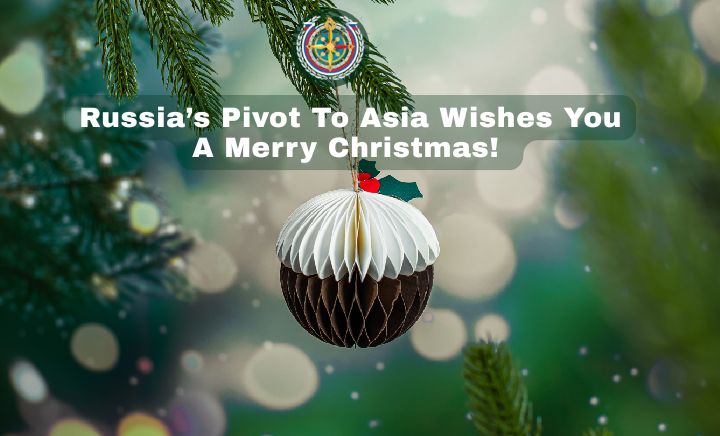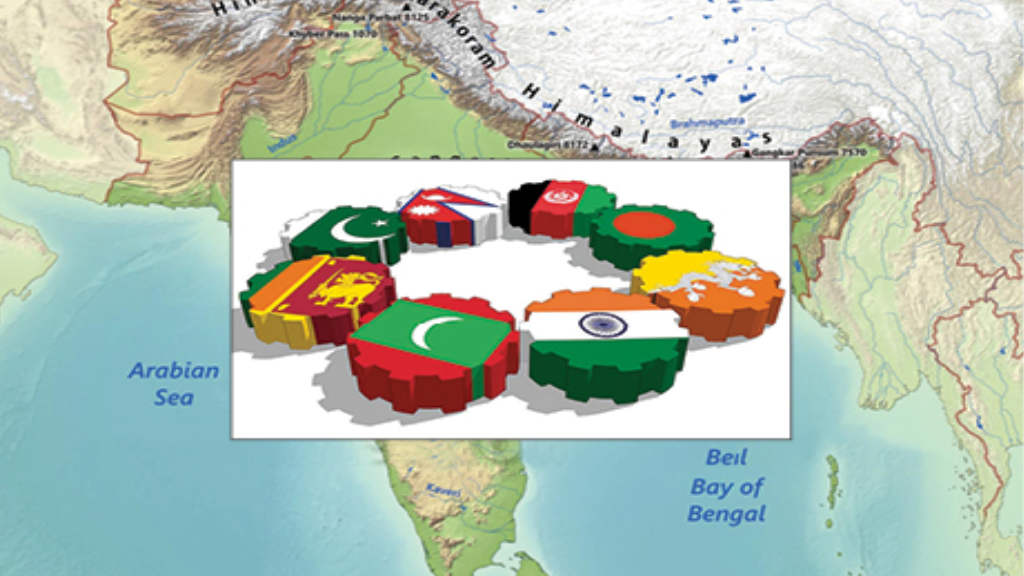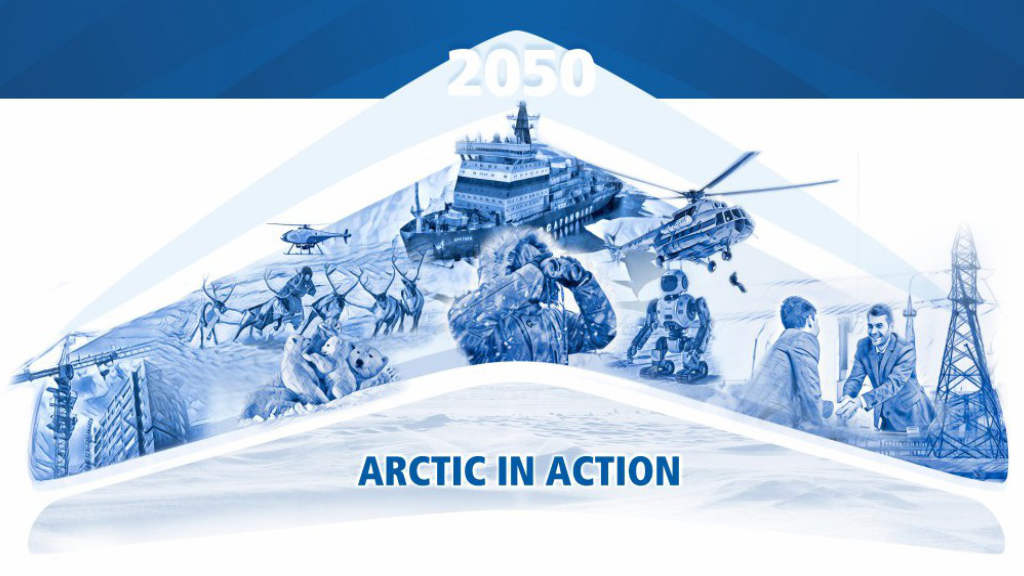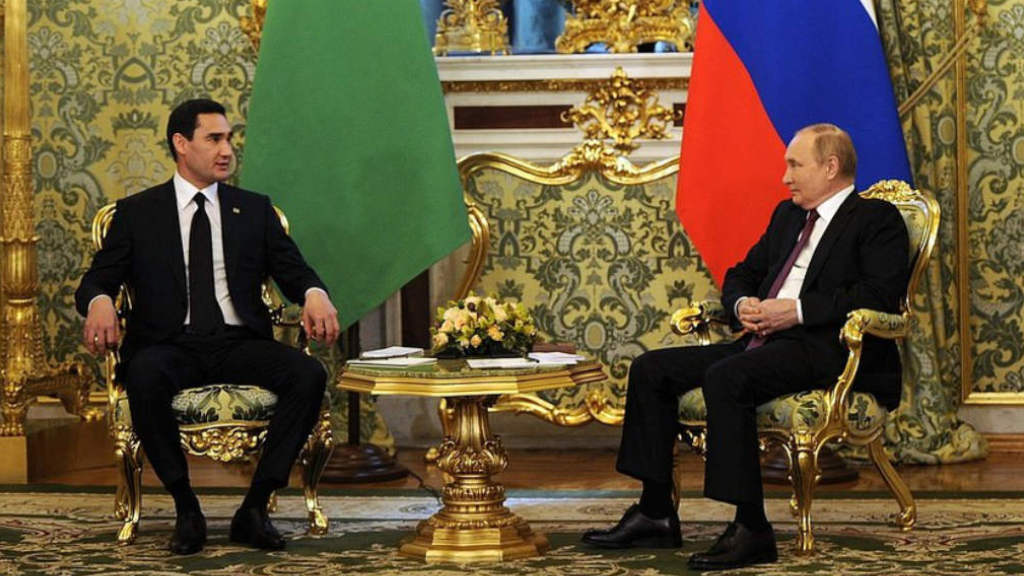Laos has joined the Shanghai Cooperation Organisation, (SCO) following meetings held by the SCO Foreign Ministers in Tianjin, China.
The SCO includes full members Belarus, China, India, Iran, Kazakhstan, Kyrgyzstan, Pakistan, Russia, Tajikistan and Uzbekistan. Afghanistan and Mongolia are observers, while Armenia, Azerbaijan, Bahrain, Cambodia, Egypt, Kuwait, Maldives, Myanmar, Nepal, Qatar, Saudi Arabia, Sri Lanka and the UAE are also partners.
The SCO remit is generally security based, although it does also include trade and development issues between members. Much of the attention during the Tianjin meetings revolved around regional security, including anti-terror issues, extremism, and the drugs trade.
Laos faces a significant drug problem, particularly with opium and heroin production, driven by its location in the Golden Triangle region and the difficulty of controlling borders. The country was once a major opium producer, and narcotics trafficking remains a challenge due to remote border areas, poor communication, and limited resources. While Laos has implemented counternarcotics initiatives, the remoteness and logistical hurdles hinder effective control. The SCO will be able to provide assistance.
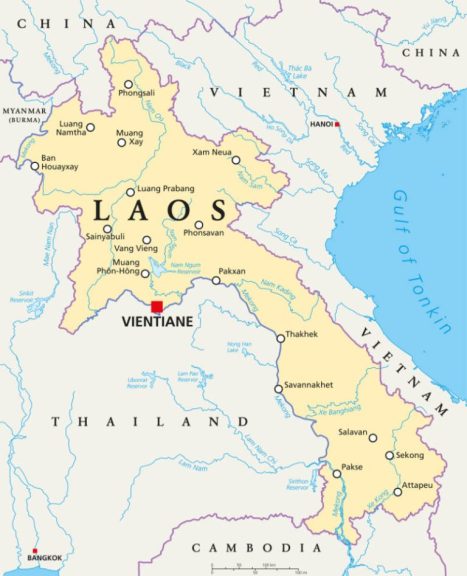
Laos is strategically situated in Southeast Asia, and although it does not enjoy sea access, it nevertheless links several regional ASEAN countries.
About 85% of its population work in agriculture, with 90% of the arable land being planted for rice. Peanuts, cotton, tea, tobacco, corn, sweet potatoes, and sugarcane are also grown. Technically, the Lao industry lacks adequate equipment. Mining is the most advanced. The primary sources of GDP are the exploitation of gypsum, copper, tin, gold, and oil. Agricultural products and natural resources make up the bulk of Laos’ exports. The main exports are wood, clothing, coffee, electricity, metals, corn and rubber. The main imports are telecommunications equipment, trucks, metal structures, rolled metal products and hydraulic turbines.
Through its membership in ASEAN, Laos increasingly trades with its ASEAN neighbors as well as China. The Council of the Eurasian Economic Commission (EEC) granted Laos the status of a user country of the unified system of tariff preferences of the EAEU with 0% of the base rate of import duty. Laos has also been given Generalized System of Preference (GSP) status by multiple countries, including Belarus and Russia, while Kyrgyzstan also grant Laos goods tariff-free protection. In 2016, a Trade and Investment Framework Agreement was struck between the United States and Laos. It also has additional bilateral agreements with Argentina, India, Kuwait, Mongolia, North Korea, and Turkiye. In January 2022, Laos became a member of the Regional Comprehensive Economic Partnership (RCEP).
Laos has an area of 236,800 sq km and a population of 7.7 million. It has a GDP (PPP) of US$79 billion, a GDP per capita (PPP) of US$10,112, and an expected 2025 GDP growth of 3.5%.
Further Reading
